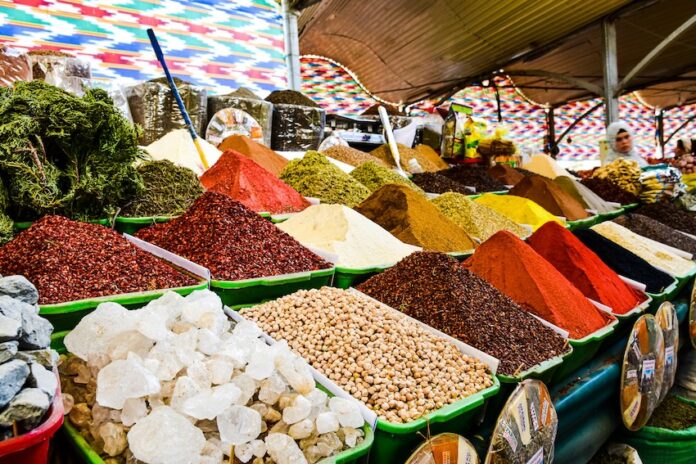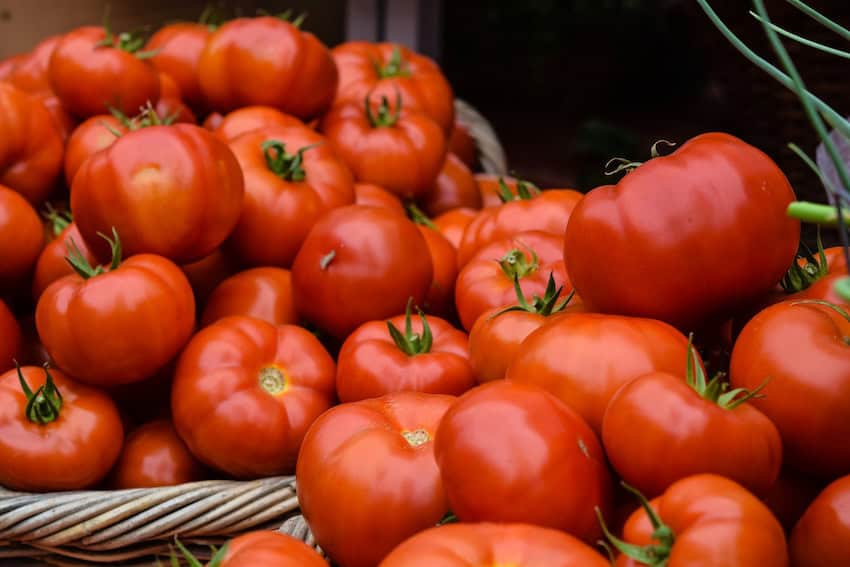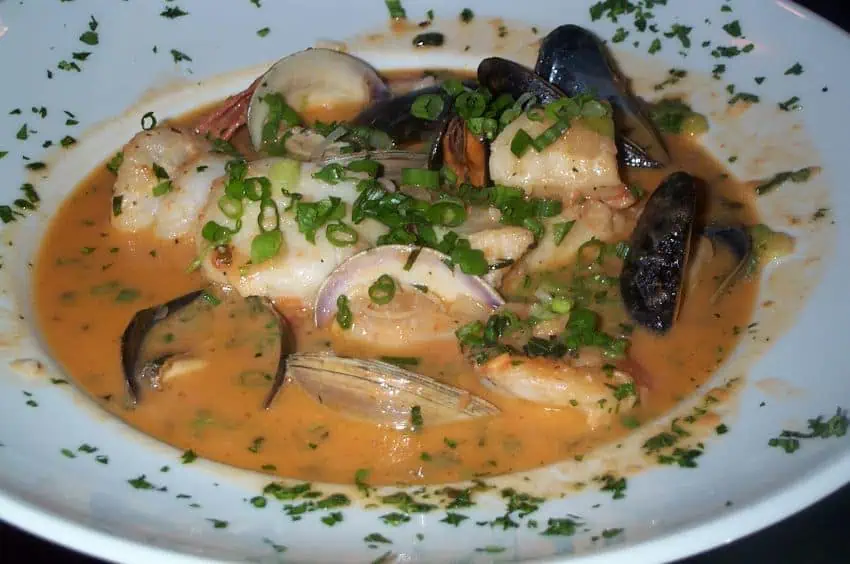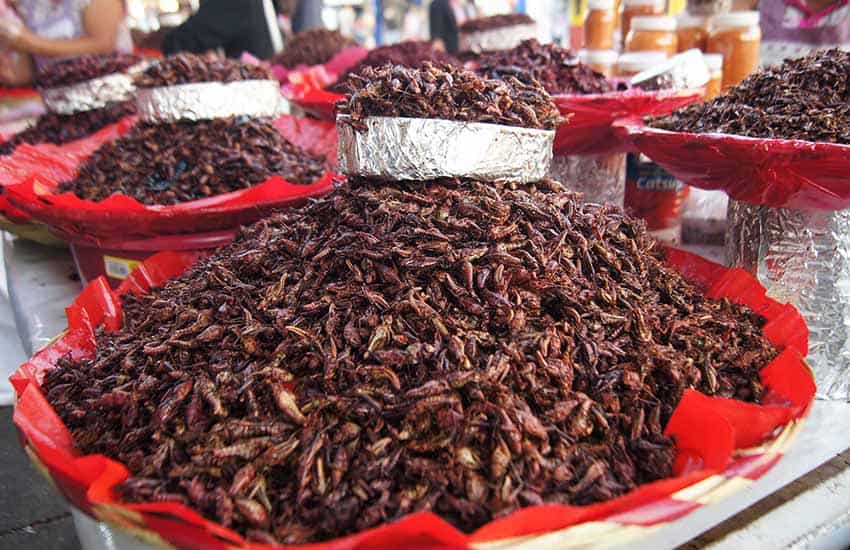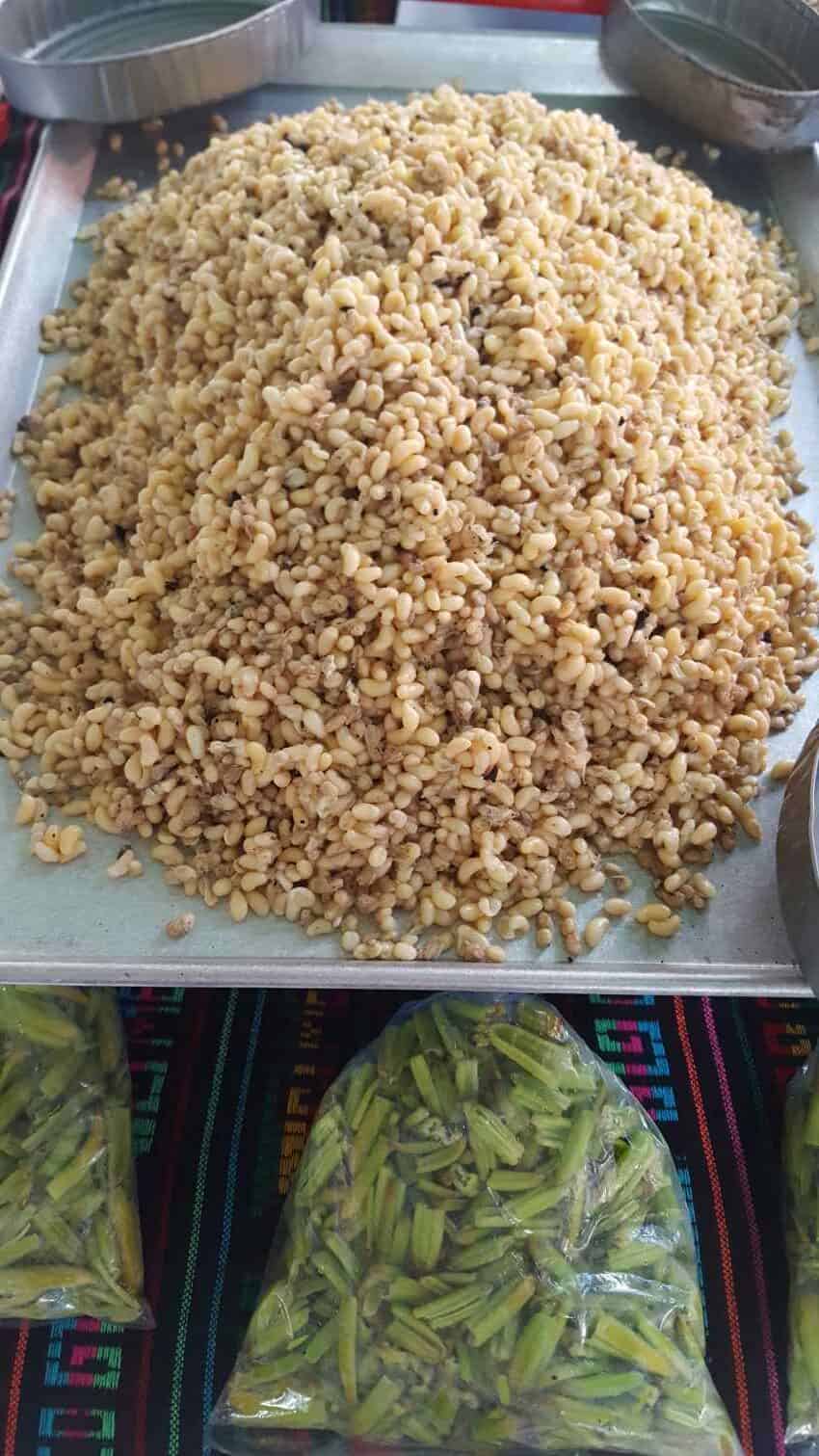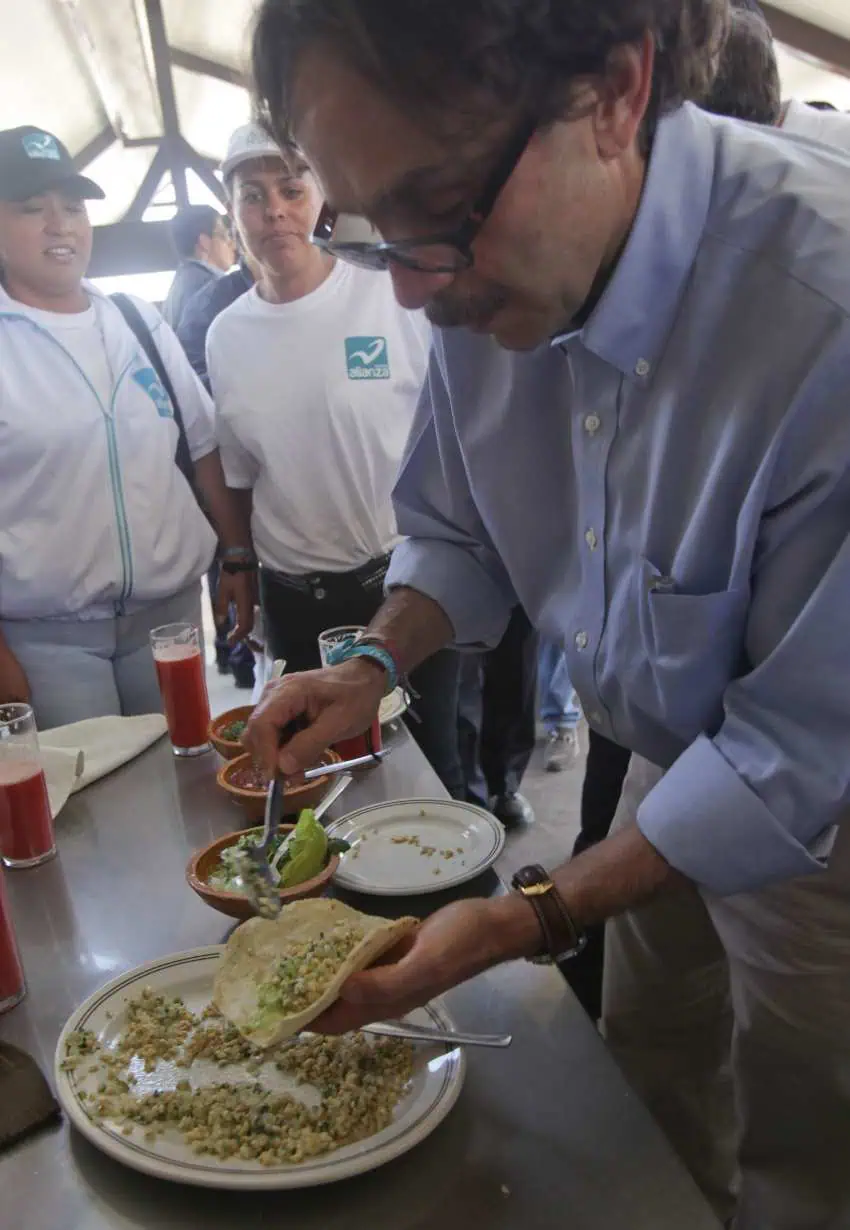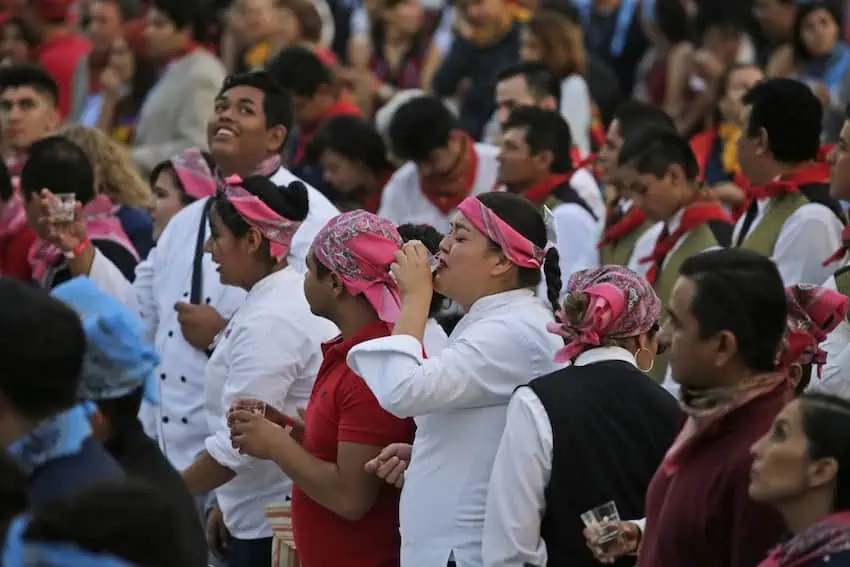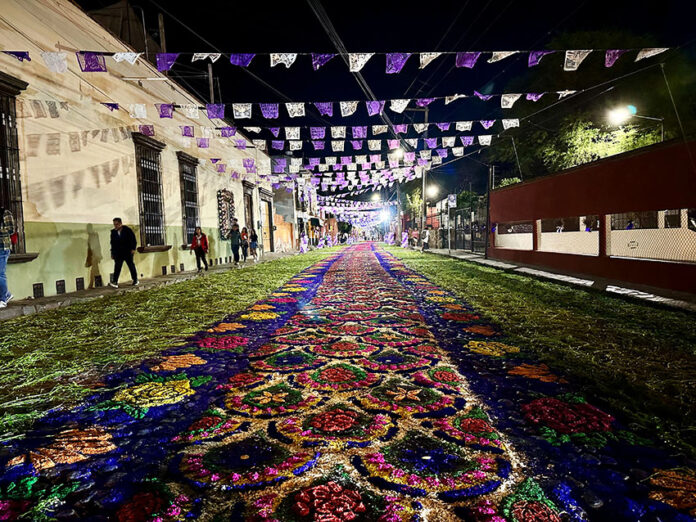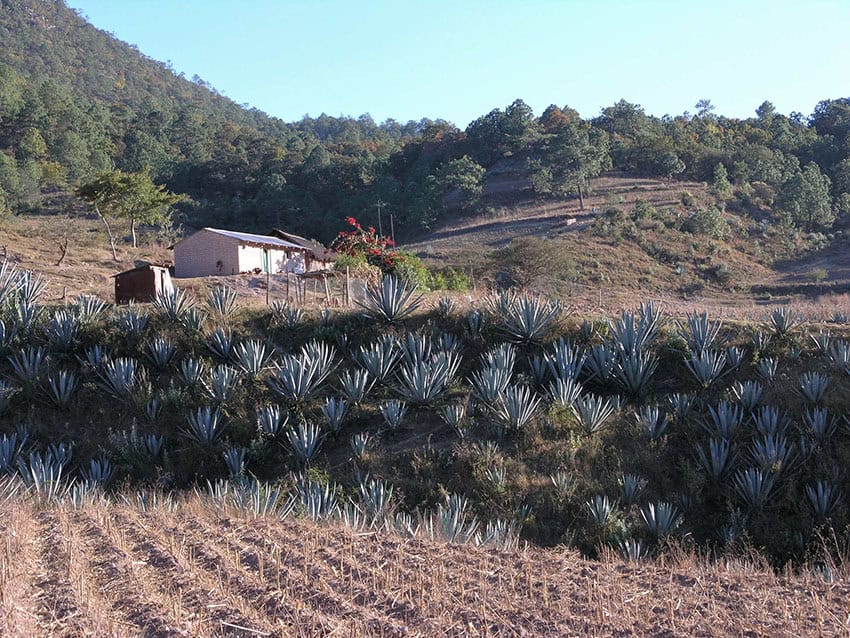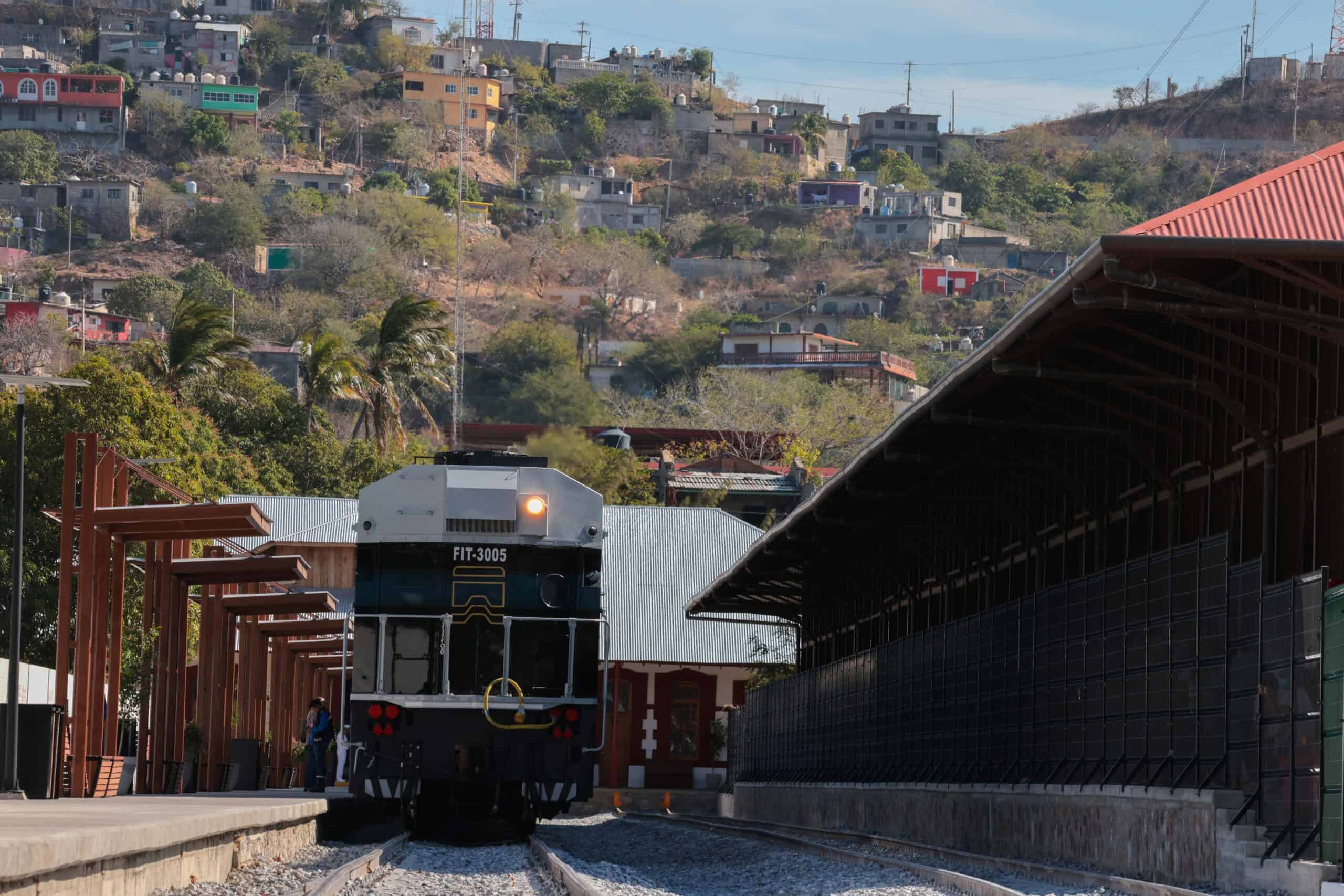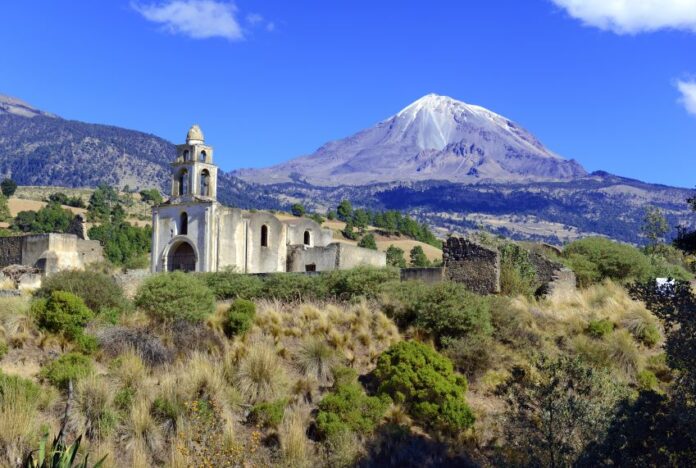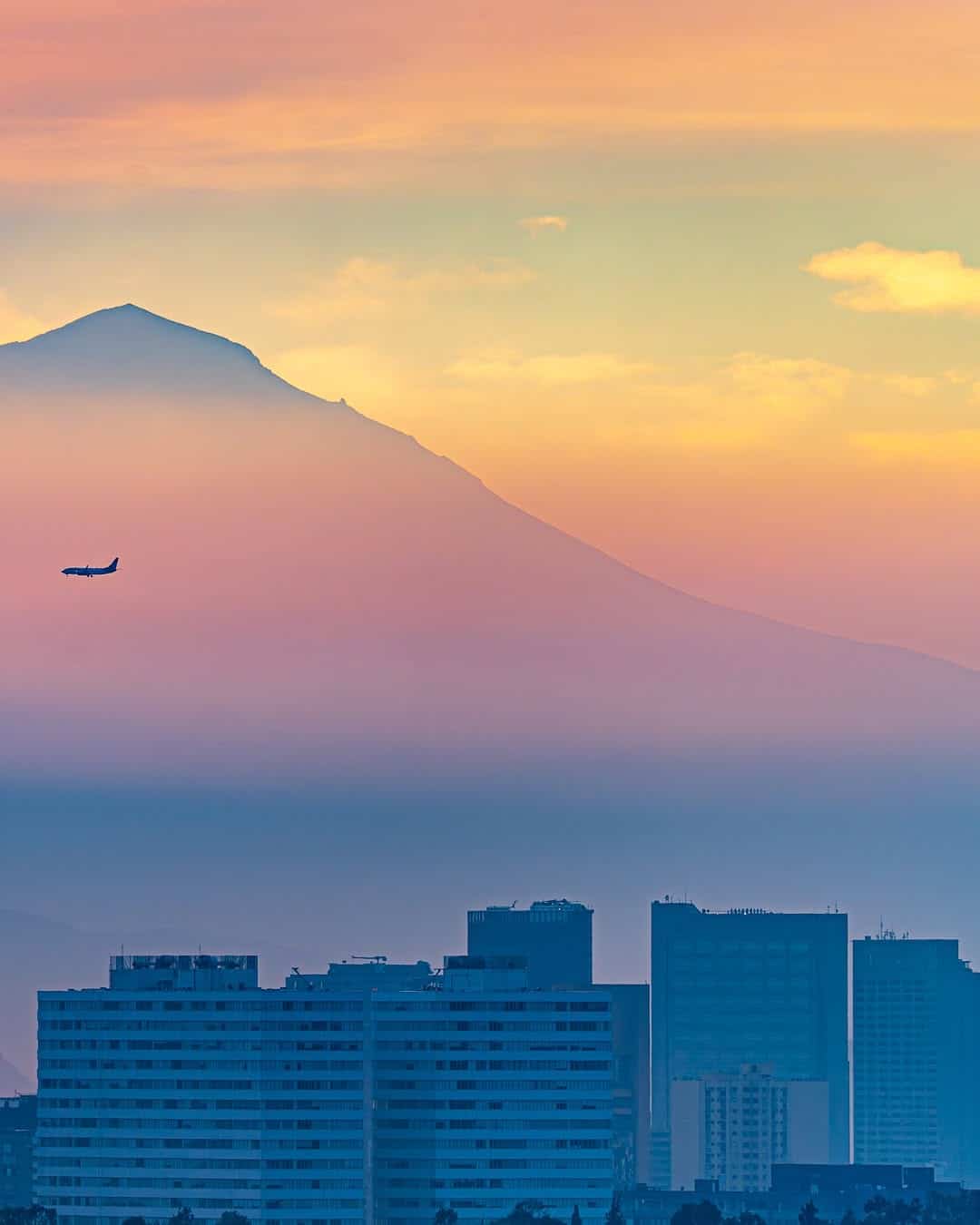There was a time — not that long ago — when Puerto Vallarta’s dining scene was best known for ceviche and shrimp tacos. And that’s not a bad thing — PV does both of those things very well.
But over the past few years, something beautiful has been bubbling beneath the surface. This once-sleepy beach town has transformed into a cosmopolitan hub, where cultures have converged and brought with them their eclectic, international cuisine.
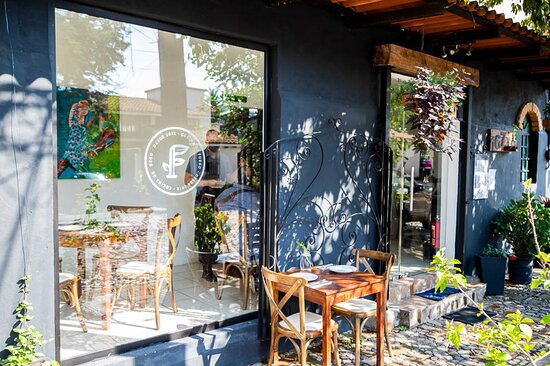
Vallarta still has its beachy charm, but now it’s paired with a global dining scene that has made it one of the top destinations for foodies in Mexico. Walk a few blocks and you can travel from Tokyo to Tuscany, from Athens to Barcelona, without leaving the cobblestone streets.
No cuisine is off-limits here, and the chefs are bringing talent to the table. Whether you’re craving a proper French bistro moment, handmade pastas, Thai curry or an elegant omakase evening, Vallarta delivers.
Here are some of the best spots for international eats in Puerto Vallarta:
Best Sushi in Puerto Vallarta
View this post on Instagram
Finding decent sushi in Puerto Vallarta — or, at least, one not stuffed with cream cheese — was once quite the struggle. But today, PV has three standout sushi restaurants that have you feeling like you’ve stumbled off the cobblestone streets and into a tiny Tokyo restaurant.
Torio Handroll Bar is the current darling of my PV sushi obsession. It’s minimal, modern, and a bit of a hidden gem unless you’ve spent time walking around the Versalles neighborhood. This small sushi counter specializes in hand rolls (temaki). Sit at the counter and let the chef guide you (omakase menus are offered on the weekends), or order a few hand rolls and see what you like best.
Meanwhile, Kenta delivers with a funky industrial-chic-meets-Japanese decor. Chef’s specialty rolls are exceptional, as are the takoyaki and the nigiri. With a location right on Basilio Badillo, it doesn’t get more convenient. Note that Kenta is cash-only.
Sendo, on the other hand, is all about serious omakase energy. This soft-spoken, upscale sushi restaurant is a more traditional dining experience. Surrender your evening to the chef (and be prepared to spend a pretty peso) and emerge in an umami-induced state of bliss.
Top Pan-Asian Restaurants in Puerto Vallarta
View this post on Instagram
Thai street food may not be what comes to mind when you think of Mexico, but Tuk Tuk will certainly change your opinion. Think crispy spring rolls, green curry, pad Thai, and chicken satay. It’s casual, cozy, and downright addictive.
And if you haven’t fulfilled your Thai fix, Siam Cocina Thai is where you go for perfect papaya salad, tangy Pad Thai, and a spicy tom yum soup.
Bonito Kitchen is what happens when a chic design aesthetic meets pan-Asian comfort food. Their ramen bowls, bao buns and Vietnamese rolls are what you’re ordering here. The restaurant has two locations: one in Zona Romantica and one in Fluvial.
And then there’s the OG: Archie’s Wok, which is often ranked as one of the best Asian fusion restaurants in the city. The menu offers everything from Thai street food to Chinese noodle dishes and Vietnamese snacks.
Fantastic Italian Restaurants in Puerto Vallarta
View this post on Instagram
Italian cuisine has staked a major claim on Vallarta, and the selections have only improved over the years. One of the mainstays among PV Italian restaurants is La Dolce Vita (which has four locations). Opt for the one on the malecon waterway so you can have a spectacular sunset view. It’s old school with hefty portions, friendly service and an octopus carpaccio that is a must.
La Traviata pairs pasta with one of the best seats in the house. The restaurant, perched atop the Paloma Del Mar hotel, has panoramic views over the rooftops of Puerto Vallarta’s Cinco de Diciembre neighborhood and out over the Bay of Banderas.
My go-to for candlelit evenings is Trattoria Ciento Once, tucked into an open-air courtyard in Versalles. The pasta selection is perfect (I always order the bolognese), the wine list is solid and the live music sends the experience over the top.
Best Pizza in Puerto Vallarta
View this post on Instagram
Speaking of Italy, the pizza scene in Puerto Vallarta deserves its own category. Errante Pizza is a trendy newcomer to PV — a roving, nomadic pizza experience that pops up at different bars every week. Check their Instagram page to see where they are popping up next.
La Notte is heaven for its gooey, cheesy, wood-fired pizzas. You can’t go wrong with the classic Margherita pizza, and don’t sleep on the tiramisu.
For a really excellent sourdough crust pizza, I love to recommend Masa Madre. Their thin-crust pizza — topped with arugula, prosciutto and fig — is sublime.
Top Greek Restaurants in Puerto Vallarta
View this post on Instagram
Yes! Puerto Vallarta even has Greek restaurants now. They happen to sit side-by-side, so you could easily compare and contrast. OPA Greek Bistro is splashed in classic Grecian blue and white. The menu has the classics, from spanakopita to tzatziki, Greek salad and moussaka.
Not to be outdone, the next-door Mykonos Greek Restaurant has succulent skewers, grilled octopus, and lemon-drenched seafood. The upstairs terrace is breezy with lovely views of the Versalles streets.
French and Spanish Restaurants in Puerto Vallarta
View this post on Instagram
Europe is well-represented on Puerto Vallarta’s plates. La Cigale is a cozy French bistro in Versalles. Think exposed brick, leather banquettes and vintage photos. If you’re craving French onion soup, big bowls of mussels or a juicy filet mignon, this is the spot to hit. You can start the evening at the next-door Antidote bar, owned by a French couple, which serves fantastic French wines and a legendary cheese plate.
For Spanish tapas, Barcelona Tapas is a PV institution. One of the best restaurants in town, the rooftop restaurant in Centro has stunning views of the bay. Order the seafood paella, the croquettes stuffed with Jamon Serrano, or the spicy patatas bravas.
Meagan Drillinger is a New York native who has spent the past 15 years traveling around and writing about Mexico. While she’s on the road for assignments most of the time, Puerto Vallarta is her home base. Follow her travels on Instagram at @drillinjourneys or through her blog at drillinjourneys.com






